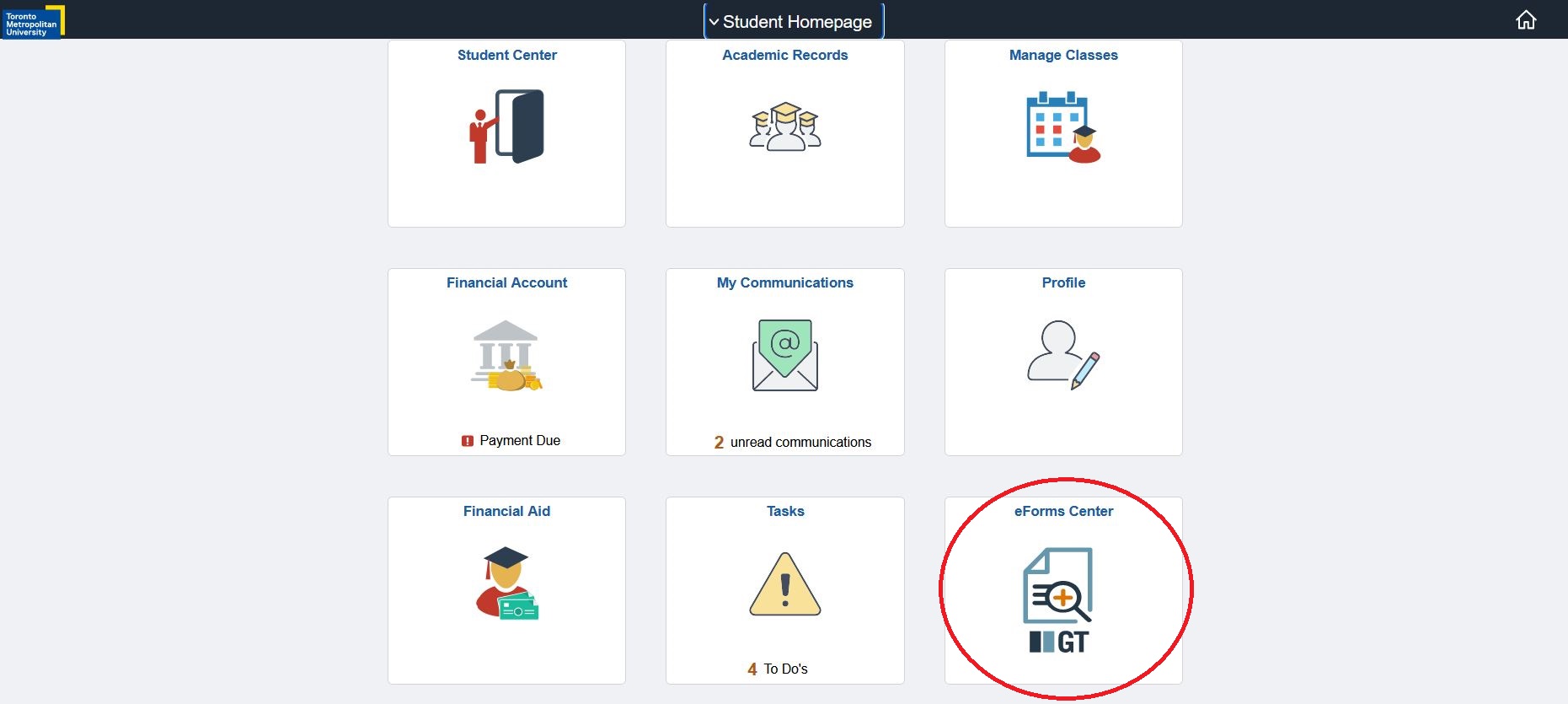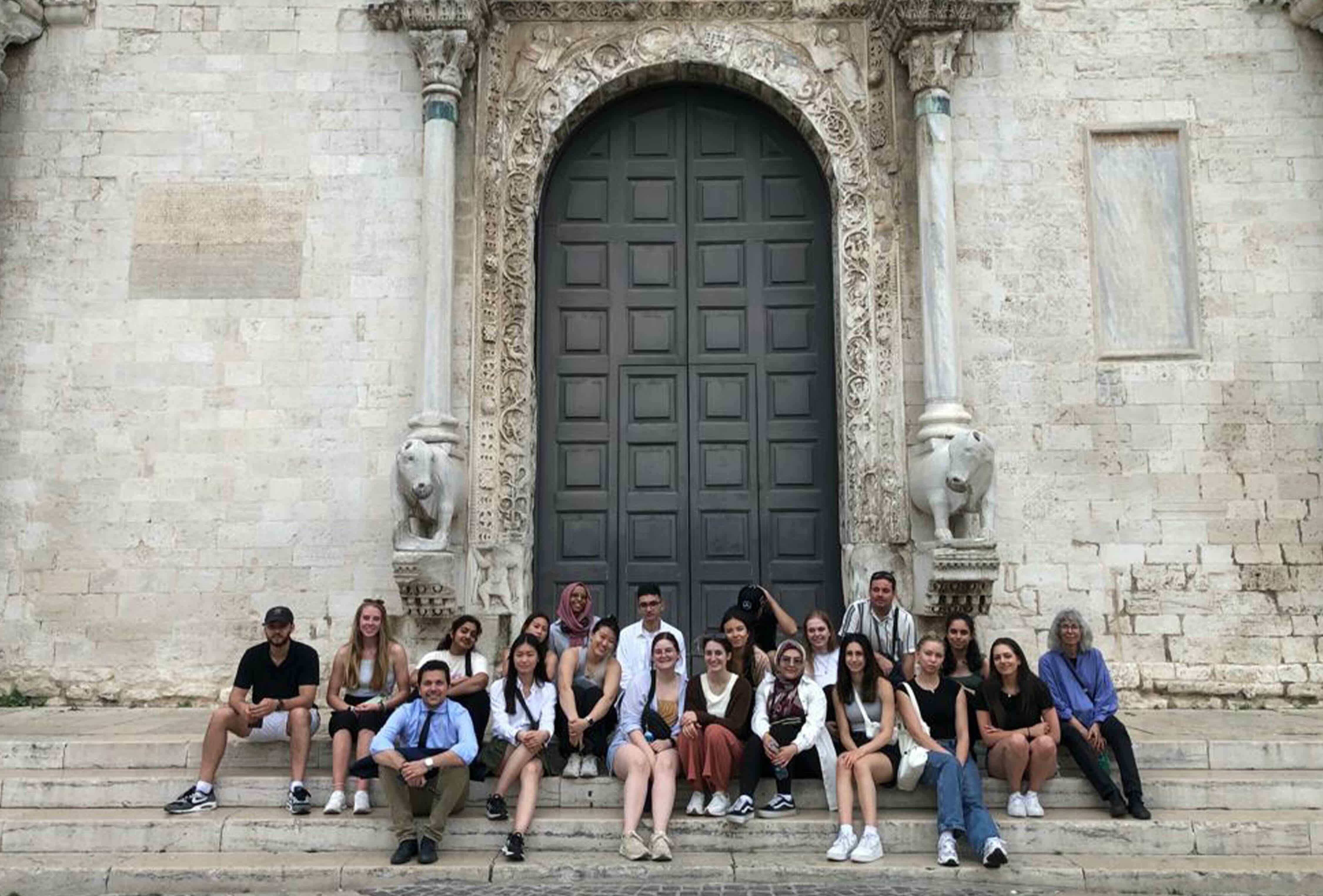Architectural Science - BArchSc (Hons)
Architectural Science - BArchSc (Hons)
Degree: Bachelor of Architectural Science (Honours)
Faculty: Faculty of Engineering and Architectural Science
Requirements: Grades-Plus
Grade range: Low 90s1
Experiential learning: Co-op available
Full-time formats: 4 Year | 5-Year Co-op
Is this degree for you?

The Architectural Science degree program will equip you to design, detail, and deliver innovative buildings and more sustainable, equitable, and beautiful built environments.
In Canada’s only program to integrate architecture, building science, and project management, you’ll be challenged and empowered to creatively transform the world and impact communities at home and abroad. Your first year will help you to broaden your horizons, with courses such as Sustainable Practices and The Built World, and in later years you can choose one of our optional concentrations.
Led by renowned faculty, you’ll hone your skills through experimentation and immersive design studios, using cutting-edge computer modelling and simulation labs. You’ll also have opportunities to collaborate on real-world projects through design-build initiatives, international exchanges, and paid co-op placements with top-tier designers.
Accreditations:
- When combined with our Master of Architecture program, it forms a program of study that is accredited by the Canadian Architectural Certification Board.
Concentrations:
- Architecture
- Building Science
- Project Management

“One of the most valuable things I’m walking away with from Architectural science is leadership and community. My unique experiences in student groups, joining design builds, writing research papers, and my personal co-op work experience are all examples of how these opportunities are not only teaching moments for students but chances to make an impact within the department as well as in the industry at large.”
- Saroash Haider, Architectural Science, Class of 2024

After you graduate with this degree

🎓 Further education:
- Architecture (MArch)
- Building Science (MASc, MBSc)
- Project Management in the Built Environment (MPM, MASc)
Career possibilities:
- Architect
- Building scientist
- Construction project manager
- Designer (of almost anything)
- Policy advocate researcher
💼 Employer possibilities:
- Architecture49
- Diamond Schmitt Architects
- ENFORM
- Gow Hastings
- Waterfront Toronto

Tuition and fees range 2024-2025
For detailed fees information, visit tuition and fees by program.
Full-time format:
Ontario students: $10,728 - $11,328
Out-of-province students: $12,565 - $13,288
International students: $40,222 - $40,485
First-year courses
Here is a preview of first-year courses based on the available undergraduate calendar information.
2nd Semester
Faculty of Engineering and Architectural Science
Toronto Metropolitan University’s Faculty of Engineering and Architectural Science (FEAS), is leading the way in experiential and hands-on learning. Through extensive co-op and internship programs, research initiatives, co-curricular activities, and targeted experiences designed in partnership with industry leaders, every student has the opportunity to grow both personally and professionally. When you join one of our 11 undergraduate degree programs, you join a supportive and inclusive community that works and innovates together to tackle local and global challenges.
Faculty of Engineering and Architectural Science degree programs
Thinking of applying? Make sure the program is still accepting applications.

Academic requirements
Ontario Secondary School Diploma (OSSD) or equivalent with a minimum of six Grade 12 U or M courses including the following program-specific requirements.
Typically, a minimum overall average of 70% establishes eligibility for admission consideration; subject to competition individual programs may require higher prerequisite grades and/or higher overall averages:
- English/anglais (ENG4U/EAE4U preferred)
- Physics (SPH4U)
- Mathematics [one of Calculus and Vectors (MCV4U) or Advanced Functions (MHF4U)]
- Note: The minimum grade(s) required in the subject prerequisites (normally in the 70% range) will be determined subject to competition
Academic admission requirements for all other applicants are available on the
admission requirements page.
This is a Grades-Plus program. Admission decisions for Grades-Plus programs are based on academic performance plus non-academic criteria such as interviews, auditions, essays and portfolios. Your ability to follow and adhere to the requirements is part of the assessment of your application.
Fall 2025 non-academic requirement due date:
February 1, 2025 or 10 business days from your application submission date, whichever comes later.
What to include in your portfolio:
1) Creative pieces
Between 12 and 14 examples of your own creative work that highlights and demonstrates the range and variety of your creative interests and abilities through different media. Please carefully select and format your work to show it in the best way possible. For three-dimensional work, include several photographs to show the work from different angles. The assessment committee is NOT keen to see architectural scaled plans and detailed drawings, etc. These should at most form only a small part of the portfolio. You should focus on showing us your creativity in other ways. For each piece, please include the title if you have one, the medium/media, the date executed, and the size of the original piece.
2) Home exercise
Groundbreaking
Architecture reaches into the sky, while also always touching the ground. The way it touches the ground can be magical! It can land lightly, like a bird; dig deeply, like a garden spade; or spread its weight across a stretch of land, like a snowshoe. For architecture, the ground is a structural surface, but it is also a living habitat. The land is alive, nurturing living things, while revealing stories of people, places and ecosystems.
Exercise:
Identify a roughly one square-foot area of ground. Make (or choose) a physical object that touches the ground in an interesting way. Document the encounter with three images.
Things to consider:
- One image should be a view from above - looking directly down at the ground.
- One image should show the encounter between the object and earth - focused on the way they touch or interact with each other.
- One image is up to you.
- At least one image should be a photograph, the others may be hand-drawn, digitally created, and/or collaged with relevant images and/or materials gathered near the site.
- The physical object does not need to be elaborately designed. It could be a simple construct of wood, paper or cardboard, or a found object (about the size of a shoe).
- We are not looking for the design of a building or a building foundation, but rather a demonstration of interest in materials, land and the world. There is no single correct answer, but a variety of creative responses.
- Other things you may consider: gravity, stability, materiality, soil conditions, texture, temperature, flora and fauna, footprints, balance, stance, sunlight, shadows, sound, colour, form, and more.
3) Writing sample
Write a short statement (up to 150 words) that describes:
- The location of the site you chose for the home exercise and why you chose it.
- How the object relates to the earth (and maybe also to the sky).
- What this encounter might reveal or suggest about architecture.
We are looking for thoughtful and clear reflections on the work presented.
Compiling your portfolio:
The entirety of your portfolio should be submitted as one .pdf file. Please ensure you upload your portfolio contents correctly and completely, as multiple submissions will not be considered.
Please include the home exercise in your portfolio, clearly labelled HOME EXERCISE. The writing sample should be an additional page at the end of these images. You may use several pages to show your images. The home exercise/photos and writing sample do not count as part of the 12 to 14 projects in your portfolio.
Please do NOT include your name within your portfolio, on the cover or on any individual component. Do not submit a resume/CV. Please submit only the required portfolio pieces. You must include your TMU Student Number in the portfolio.
Applicants are reminded that non-academic work may be assessed by the Selection Committee prior to Toronto Metropolitan University (TMU) receiving your interim or final grades. Regardless of how your non-academic work is evaluated by the Selection Committee, TMU’s academic admission standards will be maintained and will ultimately determine your admission into our program. The Selection Committee’s evaluation of non-academic work is final. Due to the volume of applications, re-evaluation/re-assessment of the non-academic work is not possible.
The non-academic requirements assessment fee is $50 CAD and must be paid in order for your submission to be reviewed. Here’s how to pay:
-
Access your ChooseTMU Applicant Portal account (instructions to access the portal can be found below under Submission Instructions).
-
Click on the button to link to the eForms Centre.

-
Next, click on the eForms Center tile.

-
Then click on the Non-Academic Fee Form link.

Applicants are required to submit all components of their non-academic requirements via the ChooseTMU Applicant Portal. Due to the volume of applications received and our system performance, we strongly encourage you to submit your documents well in advance of the noted deadlines.
Here’s how to access your ChooseTMU Applicant Portal account:
- Get your TMU Student Number in the email acknowledgement of your application
- Activate your TMU Online Identity. Fill in the Activation Form on the Accounts website. When asked for your Student/Applicant ID, enter your nine-digit TMU Student Number. Keep a record of your user name and password
- 24 hours after activating your TMU Online Identity, visit the ChooseTMU Applicant Portal
If you are applying for readmission or reinstatement, you are not required to submit non-academic requirements.
You must inform the program department of your intentions by February 1, 2025, or 10 business days from your application submission date (whichever comes later).

Student spotlight

Undergraduate students travel to Italy for Studio Abroad
As part of their fourth-year design studio, a group of undergraduate architectural science students spent a few weeks in Italy. The students focused on designing affordable housing for immigrant families in Bari.
Read more: Undergraduate students travel to Italy for Studio Abroad


Subscribe for our email updates
Notice of Collection: Toronto Metropolitan University collects and manages personal information under the authority of the (PDF file) University Act and in accordance with the Notice of Collection for recruitment and other related purposes.

 Notes:
Notes:
- Actual minimum grade ranges required for fall 2025 admission/wait list consideration will be determined based on grades and qualifications presented by the applicant pool as they become available. Required grade ranges may fluctuate from year to year (up or down) as a result of competition. Applicants not educated in Ontario may present the equivalent of the Ontario requirements. TMU reserves the right to determine equivalency at its sole discretion.
Disclaimer:
While every effort is made to ensure accuracy on this site, in the event of a discrepancy, TMU's current Undergraduate Calendar is the official reference.




